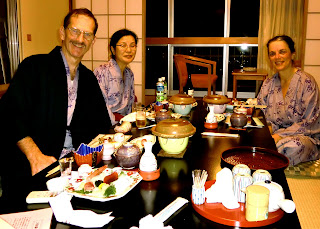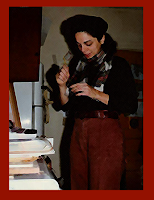 What makes our true stories so compelling? Why do we listen with such rapt attention? Paula Junn, our Social Media director at massmouth said she realized that while she was listening the story allowed her to feel as if she was to living a life that was not her own. But after listening she felt a level of connection that was extraordinary. That really resonated. When we listen deeply, we are looking into the eyes and face of a person who has lived somewhere and some thing we have not. That is the beauty of all good literature - isn't it? And live storytelling is the most direct and organic form.
What makes our true stories so compelling? Why do we listen with such rapt attention? Paula Junn, our Social Media director at massmouth said she realized that while she was listening the story allowed her to feel as if she was to living a life that was not her own. But after listening she felt a level of connection that was extraordinary. That really resonated. When we listen deeply, we are looking into the eyes and face of a person who has lived somewhere and some thing we have not. That is the beauty of all good literature - isn't it? And live storytelling is the most direct and organic form.We had a blast at Central Square Theater last weekend and will be there again this weekend. The show, Arabian Nights is gorgeous and fun. Here is the skinny:
Do you have a story that saved your life? What story could you tell to save your life? Were you ever rescued? Did you ever save someone's life or lives ?
DEC 10 Workshop Leader: Norah Dooley and storytellers from massmouth: Farrah Haider, Ben Cunningham the Big Mouth Off 1st an 2nd place winners and the multi-talented, Paula Junn.

Storyteller's from massmouth and CentralSquare Theater celebrate the art of storytelling with real life stories on the theme:
"1,001 Stories From Your Life:
Stories That Save Lives, Stories of Lives Being Saved and Life-Saving Stories".
Following a short storytelling workshop on how to create a story from your life experience, audience members will be invited to enthrall the audience with their stories before Central Sq. Theater's show...
 Arabian Nights
Arabian NightsEnter ancient Persia, and be transformed by the power of storytelling Based on One Thousand and One Nights, a collection of folk tales from the Middle East and Asia, Arabian Nights is rich with suspense, romance and hilarity – stories irresistible for all ages, At its heart is the power of the imagination to heal, inspire, and transform.
Because your have a life, you have a story. Bring it.
TIX and Info: (617) 576-9278 - massmouth members get a discount. Call for information 450 Massachusetts Avenue Cambridge, MA 02139
http://www.centralsquaretheater.org/season/11-12/arabian-nights.html Here is a short and shaky video from last weeks show from iPhone footage:







































